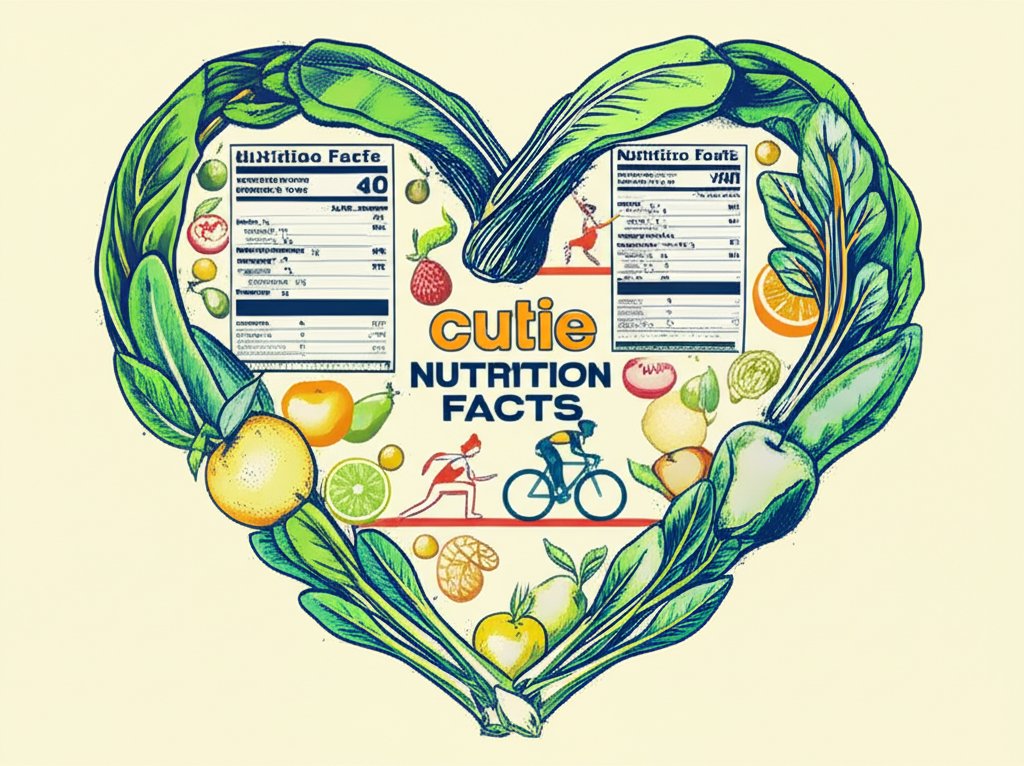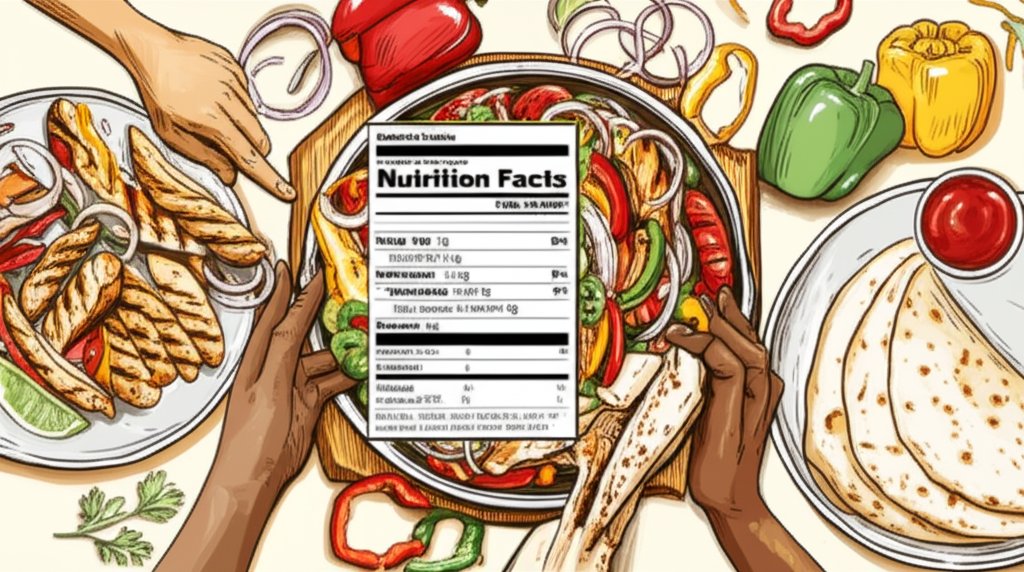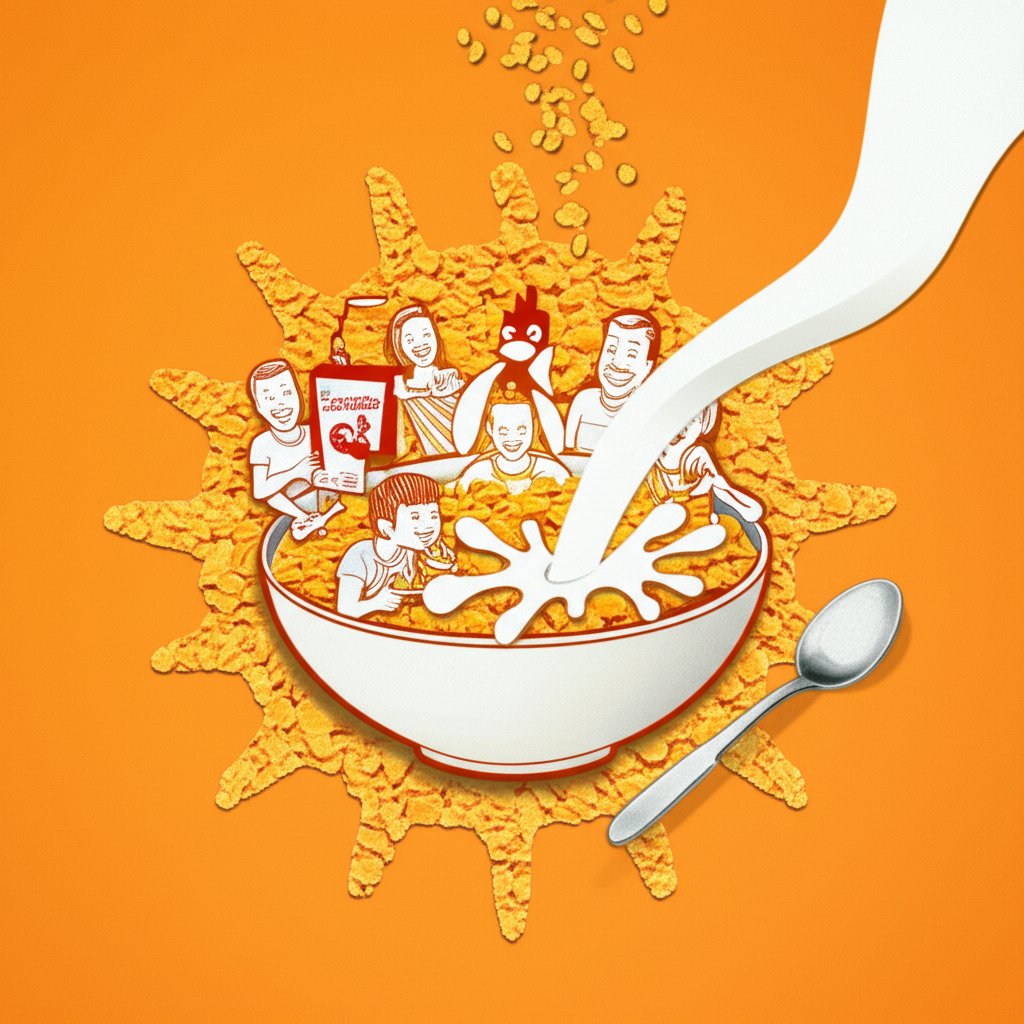Ever wonder exactly what you’re getting from that bowl of corn flakes in the morning? You’re not alone. While often touted as a quick and easy breakfast, understanding the corn flakes nutrition facts is crucial to making informed dietary choices. Are they a healthy start to your day, or are there better options out there? Let’s dive in and uncover the nutritional truth behind this breakfast staple.
At a glance:
- Corn flakes are relatively low in calories and fat.
- They are often fortified with vitamins and minerals, providing essential nutrients.
- They can be high in sodium and contain added sugars.
- The fiber content is relatively low compared to other cereals.
- Consider your serving size and toppings for a healthier bowl.
Decoding the Corn Flakes Nutrition Label: What You Need to Know
Understanding the nutrition label is the first step to making smart choices. Let’s break down what you typically find on a corn flakes box.
- Serving Size: Typically, a serving size is around 1 cup (approximately 28-29 grams). Always pay attention to this, as all the following values are based on this serving size.
- Calories: A one-cup serving generally contains around 100-110 calories. Not too bad for a quick breakfast!
- Macronutrients:
- Fat: Corn flakes are very low in fat, usually containing less than 1 gram per serving.
- Carbohydrates: Expect around 24-25 grams of carbohydrates per serving, a primary source of energy.
- Protein: Corn flakes aren’t a protein powerhouse, offering about 2 grams per serving.
- Micronutrients: This is where corn flakes often shine, thanks to fortification. You’ll typically find:
- Iron: A significant source of iron, often providing over 20% of your daily value.
- B Vitamins: Many B vitamins are added, including niacin, riboflavin, and folic acid.
- Vitamin D: Fortified corn flakes can be a good source of Vitamin D.
- Sodium: This can be a concern. Some brands contain a relatively high amount of sodium per serving – around 190-300mg.
- Sugar: The sugar content varies, but often sits around 3-4 grams per serving. Always check for “added sugars” on the label.
- Fiber: Typically, corn flakes are low in fiber, offering only around 1 gram per serving.
The Good, The Bad, and the Crunchy: Analyzing the Benefits and Drawbacks

So, are corn flakes a nutritional champion or a breakfast blunder? The answer, as usual, is nuanced.
Potential Benefits:
- Fortification: The added vitamins and minerals, especially iron and B vitamins, can help fill nutritional gaps, particularly for those with limited diets. Eating fortified foods, like the snackable Cuties: Nutritional Benefits Explored, can be a great way to get your vitamins.
- Low in Fat: If you’re watching your fat intake, corn flakes can be a suitable option as a base for a meal.
- Quick and Convenient: Let’s face it, mornings can be hectic. Corn flakes offer a no-fuss breakfast solution.
Potential Drawbacks: - Low in Fiber: The lack of fiber means you might feel hungry again soon after eating. It also impacts digestive health.
- Added Sugars: Many brands add sugar to enhance flavor, which can contribute to excess sugar consumption. High added sugar intake is consistently linked to negative health outcomes.
- High in Sodium: For individuals sensitive to sodium, the sodium content can be a concern.
- Bioengineered Ingredient: Some corn flakes contain bioengineered food ingredient.
Beyond the Bowl: Maximizing the Nutritional Value of Your Corn Flakes
The base ingredient is only part of the story. What you add to your corn flakes can significantly impact their nutritional profile.
- Choose Wisely: Opt for corn flakes with lower sodium and added sugar content. Read the label carefully!
- Add Protein: Sprinkle in some nuts, seeds, or even a scoop of protein powder to boost the protein content and keep you feeling full longer.
- Boost the Fiber: Add fresh or frozen berries, sliced bananas, or a sprinkle of flaxseed to increase the fiber content.
- Dairy Alternatives: Try using unsweetened almond milk, soy milk, or oat milk instead of traditional dairy milk to reduce saturated fat and add nutrients.
- Healthy Fats: A sprinkle of nuts or seeds will provide healthy fats to further enhance satiety and nutrient absorption.
Corn Flakes vs. The Competition: How They Stack Up
Compared to other breakfast cereals, where do corn flakes stand?
- Oatmeal: Oatmeal generally wins regarding fiber content. It also tends to be lower in sugar.
- Granola: Granola can be higher in fiber and healthy fats, but often also higher in calories and sugar.
- Shredded Wheat: Shredded wheat is very high in fiber and naturally low in sugar.
- Sugary Cereals: Corn flakes are a far better choice than highly processed, sugary cereals loaded with artificial flavors and colors.
Ultimately, the “best” cereal depends on your individual needs and preferences. Considering trying something new? Explore the Fajita Nutritional Information Here.
Common Questions About Corn Flakes Nutrition Facts

Let’s address some frequently asked questions to clear up any lingering doubts.
Are corn flakes a good source of protein?
No, corn flakes are not a significant source of protein. A single serving usually contains only about 2 grams of protein. You’ll need to supplement with other protein sources to make it a more balanced meal.
Are corn flakes gluten-free?
While corn is naturally gluten-free, many corn flake brands contain malt flavoring, which is derived from barley and therefore contains gluten. Check the label carefully if you have a gluten intolerance or celiac disease. Some brands offer certified gluten-free corn flakes.
Do corn flakes help with weight loss?
Corn flakes can be part of a weight loss plan if consumed in moderation and as part of a balanced diet. However, their low fiber content might not keep you feeling full for long, potentially leading to overeating later in the day. Focus on adding protein and fiber-rich toppings to enhance satiety.
Are corn flakes healthy for children?
As with adults, corn flakes can be part of a child’s diet, but choose varieties with lower sugar and sodium content. Prioritize whole grains and cereals higher in fiber for optimal nutrition.
Can I eat corn flakes if I have diabetes?
If you have diabetes, it’s essential to be mindful of the carbohydrate content of corn flakes and their impact on blood sugar levels. Portion control is crucial. Pairing corn flakes with protein and healthy fats can help slow down the absorption of carbohydrates and prevent blood sugar spikes.
Smart Snacking: Creative Ways to Enjoy Corn Flakes (Beyond Breakfast)
Think outside the bowl! Corn flakes can be used in various creative ways beyond a simple breakfast cereal.
- Breadcrumb Substitute: Crush corn flakes to use as a coating for chicken, fish, or vegetables. They add a crispy texture.
- Dessert Topping: Sprinkle crushed corn flakes over yogurt parfaits, fruit crumbles, or ice cream for added crunch.
- Energy Bars: Incorporate corn flakes into homemade energy bar recipes for a light and crunchy element.
- Trail Mix: Add corn flakes to trail mix for a slightly sweet and textured ingredient.
The Bottom Line: Making Informed Choices About Corn Flakes
Corn flakes are a convenient and readily available breakfast option – however, understanding their nutritional profile is key. By choosing wisely, paying attention to serving sizes, and incorporating wholesome toppings, you can elevate them into a more nutritious meal. Remember to prioritize fiber, protein, and healthy fats to keep you satisfied and energized throughout your day. The key is mindful consumption and informed choices.
- Plastic Bento Boxes Face Scrutiny Over Sustainability Impacts - December 11, 2025
- Bento Tray Revolutionizes Organized Meal Transport and Presentation - December 10, 2025
- Meal Plans for Busy Schedules That Make Healthy Eating Easy - December 10, 2025










